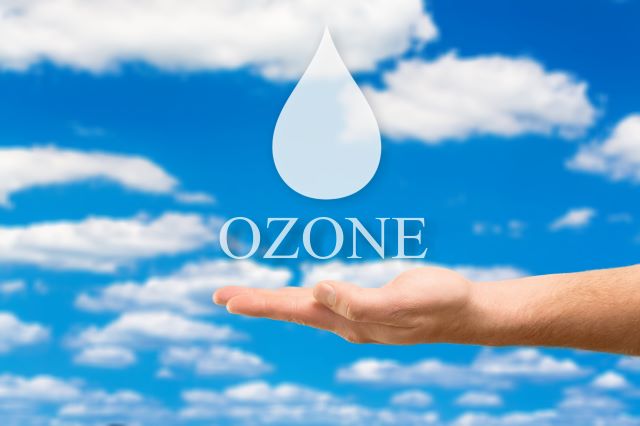
This week, NASA Earth shared on social media that the 2024 ozone hole is the 7th smallest since recovery began when the Montreal Protocol took effect in 1992. Scientists from NASA and the National Oceanic and Atmospheric Administration (NOAA) project that the ozone layer could fully recover by 2066.
According to a NASA Goddard video shared on YouTube, this year the ozone hole over Antarctica reached its maximum annual extent on September 28—covering an area of 8.5 million square miles (22.4 million square kilometers).
This size makes it the 20th smallest hole recorded since scientists began monitoring the ozone hole.
NASA reported that the average size of the ozone hole from September to October of this year was the 7th smallest recorded since the Montreal Protocol began to take effect.
The maximum annual extent of the ozone hole can vary from year to year due to weather conditions, but long-term records indicate that the ozone layer is slowly recovering.
According to the United Nations Environment Program, which coordinates responses to environmental issues within the UN system, the Earth’s atmosphere is healing and absorbing the sun’s harmful ultraviolet (UV) light.
The global phaseout of ozone-depleting chemicals has benefitted from 40 years of efforts to mitigate climate change.
This assessment is based on extensive studies, research, and data compiled by a large international group of experts from organizations such as the World Meteorological Organization, United Nations Environment Program, NOAA, and NASA.
The announcement from the UN-backed panel was made at the American Meteorological Society’s 103rd annual meeting.
The Scientific Assessment Panel to the Montreal Protocol on Ozone Depleting Substances publishes an assessment report every four years, confirming the phaseout of nearly 99% of banned ozone-depleting substances.
The Montreal Protocol has succeeded in protecting the ozone layer, leading to its recovery in the upper stratosphere and reducing human exposure to harmful UV rays.
According to the UN, if current policies remain in place, the ozone layer is expected to recover to its 1980 levels (before the ozone hole appeared) by around 2066 over Antarctica, by 2045 over the Arctic, and by 2040 for the rest of the world.
Variations in the size of the Antarctic ozone hole, particularly between 2019 and 2021, were primarily driven by meteorological conditions.
However, since 2000, the Antarctic ozone hole has been slowly improving in both area and depth. The Montreal Protocol is a global agreement aimed at protecting the Earth’s ozone layer by phasing out the chemicals that deplete it.
This landmark agreement entered into force in 1989 and is considered one of the most successful global environmental agreements.
Thanks to the collaborative efforts of nations worldwide, the ozone layer is on its path to recovery, leading to numerous environmental and economic benefits.
The 10th edition of the Scientific Assessment Panel reaffirms the positive impact that the treaty has had on the climate.
An additional agreement from 2016, known as the Kigali Amendment to the Montreal Protocol, mandates a phase-down of many hydrofluorocarbons (HFCs) regarding their production and consumption.
HFCs are potent greenhouse gases that do not directly deplete ozone. The Scientific Assessment Panel estimates that this amendment could avert 0.3–0.5°C of warming by 2100, excluding contributions from HFC-23 emissions.
For the first time, the Scientific Assessment Panel examined the potential effects of intentionally adding aerosols to the stratosphere, a process known as stratospheric aerosol injection (SAI).
SAI has been proposed as a potential method to reduce climate warming by increasing sunlight reflection. However, the panel cautions that unintended consequences of SAI could affect stratospheric temperatures, circulation, ozone production, destruction rates, and transport.
The hole in the ozone layer was first discovered by researchers at the University of California, Irvine (UCI) in the 1970s.
“Back then, chemistry professor F. Sherwood ‘Sherry’ Rowland and postdoctoral student Mario Molina made a shocking discovery,” according to UCI News. “A single chlorine atom produced as a byproduct from aerosol hairsprays, deodorants, and other common consumer products could destroy 100,000 ozone atoms in the stratosphere. The stratospheric ozone layer, located 12 to 30 miles above Earth, protects life on our planet from harsh solar radiation.”
The U.S. Army Corps of Engineers has been tasked with…
Brown and Caldwell, a leading environmental engineering and construction firm,…
Humboldt State University, one of four campuses within the California…